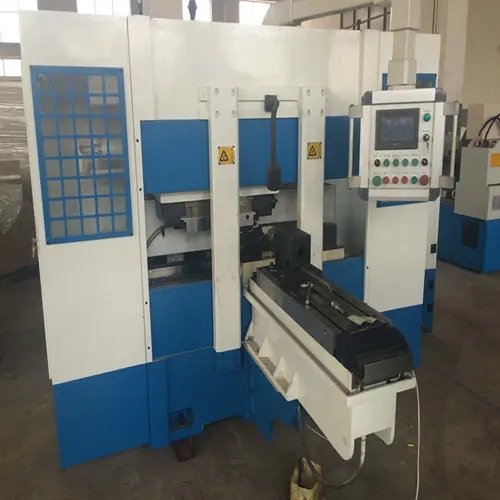
Understanding Metal Ceiling Systems and Roll Forming Machines
Metal ceiling systems have become increasingly popular in modern construction and interior design due to their durability, aesthetic appeal, and versatility. One crucial aspect of these systems is the framework that supports the ceiling elements, which includes components such as metal ceiling studs, tracks, C-channels, main channels, and wall angles. To manufacture these components efficiently, roll forming machines play a vital role.
Metal Ceiling Components
1. Metal Ceiling Studs and Tracks These form the backbone of the ceiling structure. The studs are vertical elements that provide support for the ceiling panels, while the tracks are the horizontal components that hold the studs in place. The use of metal for these components offers great strength and resilience compared to traditional wooden studs, making them less prone to warping and damage over time.
2. C-Channels These are used for various structural applications in metal ceilings. They provide additional support and frame the ceiling's design. Their unique shape allows for easy installation and maximizes the strength needed to hold heavy ceiling materials. C-channels can be used in combination with other framing components to create a robust system.
3. Main Channels and Wall Angles Main channels are crucial for connecting the metal studs and distributing weight evenly. They provide the primary horizontal support for the ceiling grid system. Wall angles, on the other hand, are installed at the perimeter of the ceiling, forming a secure and visually appealing border. Together, these components ensure the ceiling remains stable and well-aligned.

Role of Roll Forming Machines
The production of metal ceiling frames requires precision engineering, which is where roll forming machines come into play. These machines convert flat metal sheets into specific shapes and profiles needed for studs, tracks, and channels. The roll forming process involves feeding a metal coil through a series of rollers that shape the material gradually. This method ensures high efficiency and consistency in the production of parts.
One of the significant advantages of using roll forming machines is the ability to customize the design and dimensions of the components. Manufacturers can produce different sizes and shapes to meet specific project requirements without sacrificing quality or increasing costs excessively.
Additionally, roll forming machines contribute to waste reduction by utilizing the metal more efficiently compared to traditional manufacturing methods. This is especially important in today’s environmentally conscious market, where sustainability is a priority.
Conclusion
Understanding the components of metal ceiling systems and the technology behind roll forming machines is essential for anyone involved in modern construction and interior design. These systems not only provide a stable and attractive solution for interior spaces but also demonstrate the importance of innovation in manufacturing. With the continued advancement in roll forming technology, the future of metal ceiling installations looks bright, offering enhanced functionality, aesthetics, and sustainability.